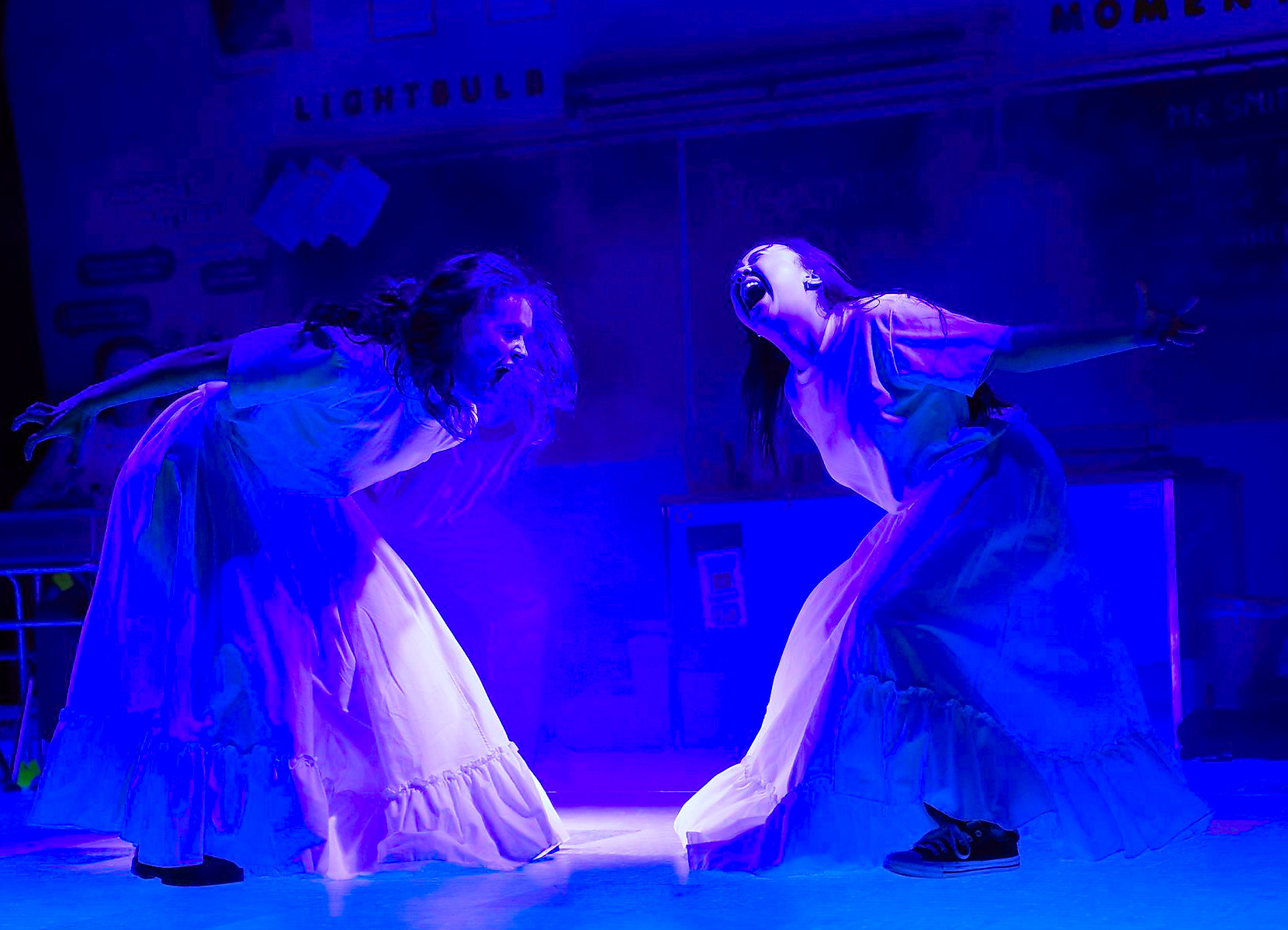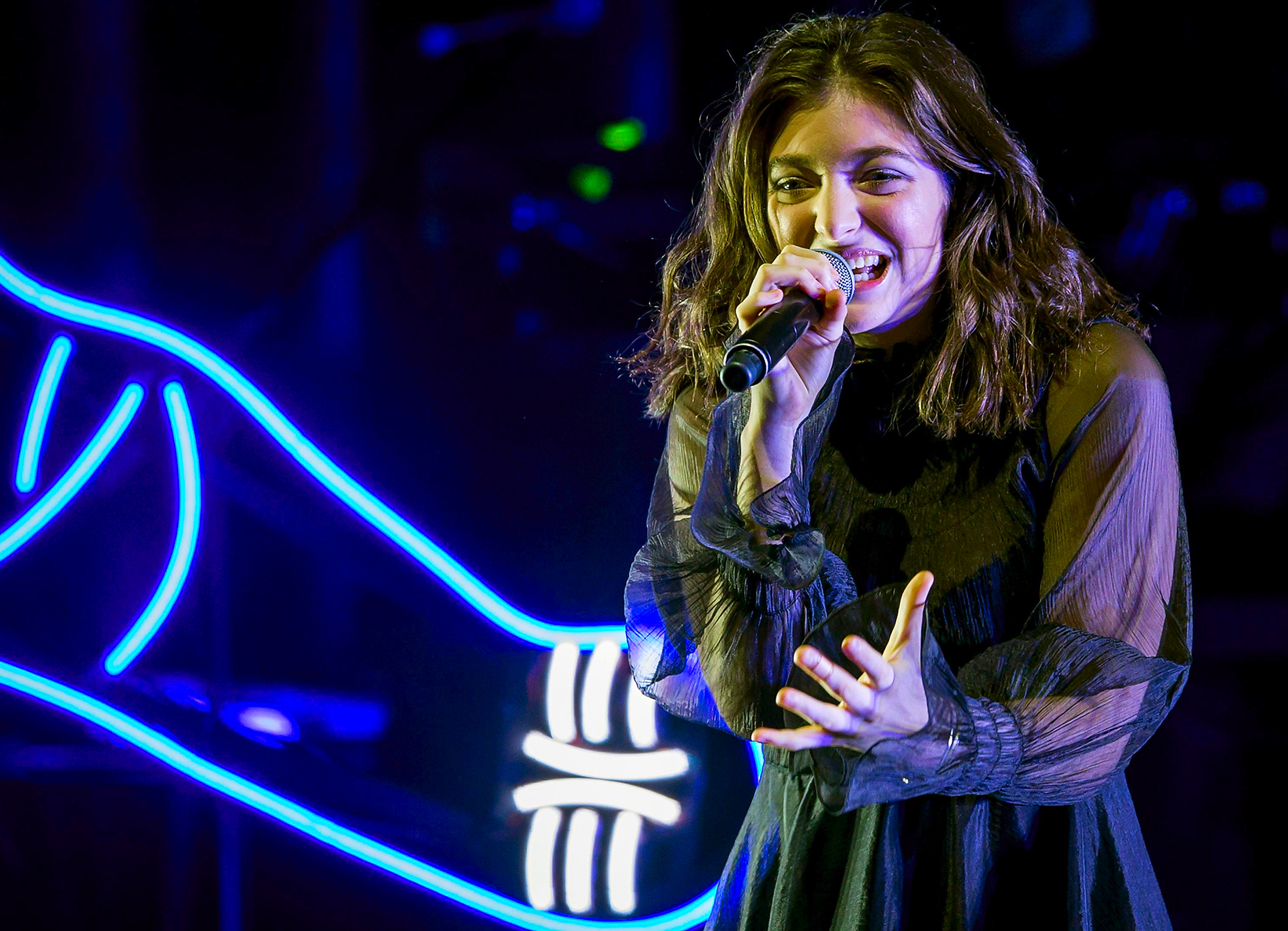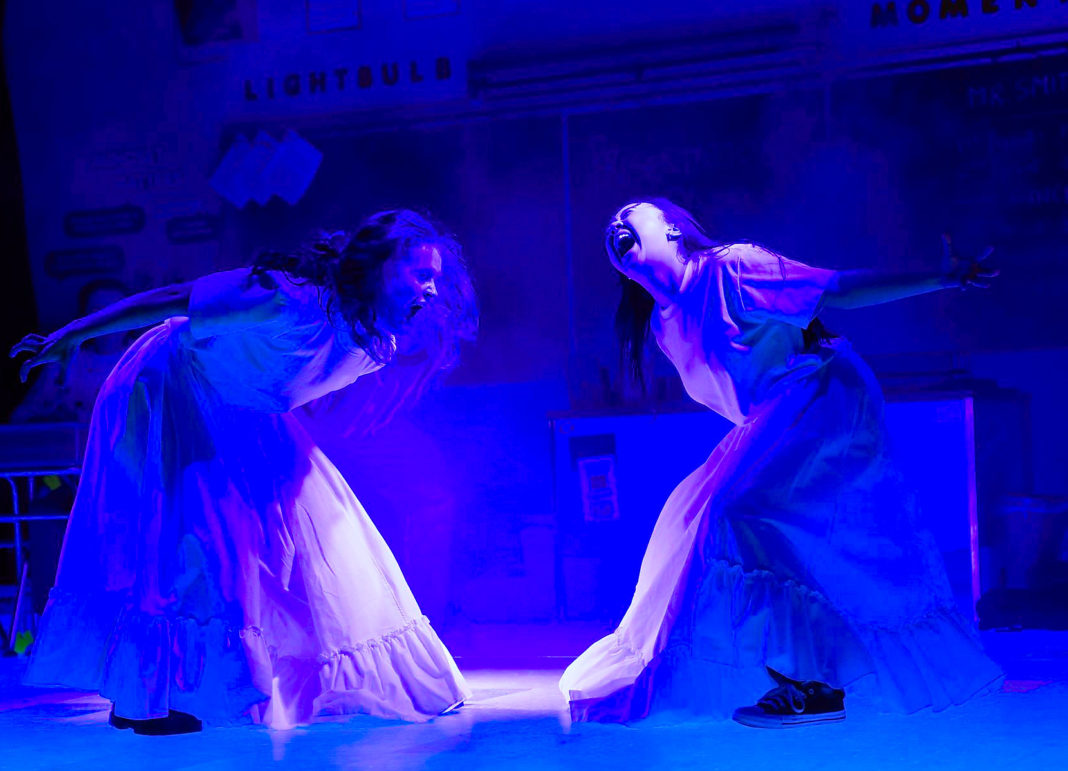Why Lorde’s “Green Light” Resonates as the Ultimate Coming-of-Age Anthem
The Broadway play, “John Proctor Is the Villain,” features a pivotal scene set to Lorde’s “Green Light,” highlighting the song’s profound impact as a coming-of-age anthem, particularly for young women. The moment powerfully encapsulates the emotional journey of transformation during adolescence.
Initially, Lorde’s hit single depicts the raw pain of a broken relationship. The unconventional musical structure mirrors the chaotic nature of heartbreak; there’s no neat resolution, only unfiltered emotion. The experience of heartbreak is profoundly disorienting, altering one’s perception of the world and oneself.
However, the song’s pre-chorus marks a turning point. A shift from minor to major keys symbolizes a transformative moment. The lyrics, “But I hear sounds in my mind / brand new sounds in my mind,” capture the feeling of renewal and creation that follows periods of intense pain.
This creative rebirth applies to both artistic expression and personal growth. Painful experiences, though difficult, provide new tools, perspectives, and modes of self-expression. Lorde’s song perfectly articulates this alchemy of pain transmuted into art.
This creative process isn’t exclusive to artists; everyone shapes their identity and life path through similar experiences. Adolescence is a time when navigating intense emotions and personal growth is particularly significant.
Released when Lorde was 20, “Green Light,” the opening track of her album *Melodrama*, reflects the intensity of teenage emotions. The contrasting joyous melody and intense lyrics encapsulate the complexities of adolescence, combining joy and sorrow simultaneously.
In “John Proctor Is the Villain,” the song accompanies a choreographed dance sequence, representing the characters’ rebellion and reclamation of their bodies and identities in the face of adversity. The dance becomes a ritual of healing, transforming pain into art.

Lorde’s performance style further amplifies this theme. Her powerful, almost frantic movements in the music video and live performances convey a sense of uninhibited self-expression, portraying dance as a form of bodily autonomy and ritualistic release.

The lyrics, “Did it frighten you? / How we kissed when we danced on the light-up floor?” hint at the potentially intimidating nature of teenage girls’ intensity. The song celebrates this fierceness, embracing the raw emotions and truths of adolescence.
Ultimately, “Green Light” serves as a powerful anthem for self-discovery and resilience. It is a testament to the transformative power of embracing pain and channeling it into creative expression. The song’s enduring appeal comes from its honest portrayal of the complex and often frightening journey of coming-of-age.
